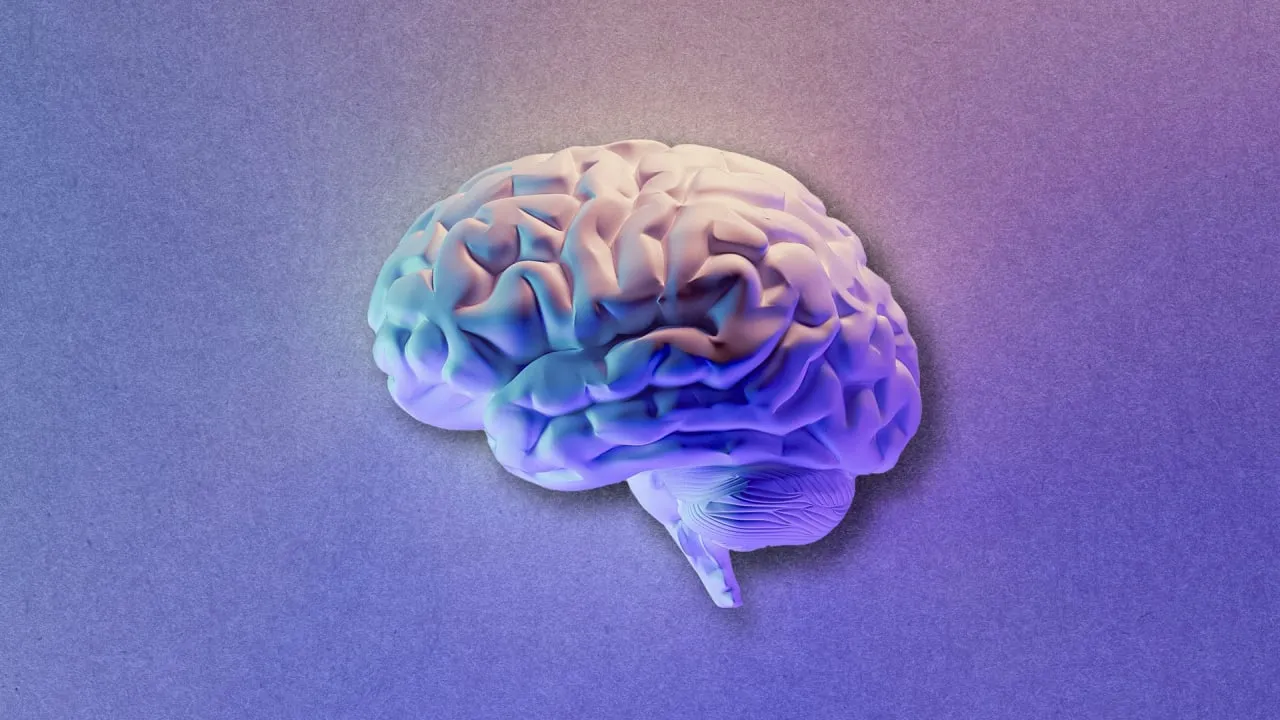Exploring the Limitations of Neuralink’s Blindsight Cortical Implants for Vision Restoration

Understanding Neuralink's Claims
Recently, Elon Musk announced Neuralink's project for a cortical implant dubbed 'Blindsight' designed to restore vision. He suggested that the implant's resolution might initially be low but could eventually surpass normal human eyesight. This assertion is based on a flawed analogy, comparing neurons to pixels on a screen.
The Reality of Neurons versus Pixels
Research highlights that neurons in the human visual cortex operate differently than pixels. Neurons possess unique receptive fields, which dictate how visual stimuli trigger neural responses. A computational model demonstrates that even a simplified simulation using high-resolution cortical electrodes lacks clarity compared to natural vision.
Implications of Neural Stimulation
- Electrodes that stimulate neurons induce a blurry perception rather than crisp, defined images.
- To recreate the visual experience of seeing a star, one must precisely replicate complex neural firing patterns.
- This complexity increases with the intricacies of natural vision, indicating the considerable challenges ahead.
The Path Forward
Despite ongoing research, determining each neuron's receptive field in individual patients remains a hurdle. Current understanding suggests that even with increased electrode counts, cortical implants will not achieve perfect vision. Caution is essential, as sight recovery is not solely an engineering challenge but also an intricate problem involving the brain's workings.
A Call for Responsible Innovation
As the industry advances, it is crucial to develop safety protocols ensuring patients are not left without support in case technologies fail. The potential for grainy vision could still transform lives; however, optimism should be balanced with realism concerning current capabilities.
This article was prepared using information from open sources in accordance with the principles of Ethical Policy. The editorial team is not responsible for absolute accuracy, as it relies on data from the sources referenced.